Credits
-
Pou Auaha / Creative Director
Brad Collett -
Pou Rautaki / Strategic Lead
Emily Scovell
-
Ringatoi Matua / Design Directors
Josh Foley, Brooke Wiley, Sam Cox, Nathan Chambers -
Kaituhi Matua / Copywriter Lead
Brooke Wiley
-
Ngā Kaimahi / Team Members
Aarush David, Ben Marshall, Sage Haggart (EP), Victoria Millan, Robin Walters (Director), Darryl Ward (DOP), Martin Spencer, Jon Cooper (Audio Lead), James D'Arcy -
Kaitautoko / Contributors
Tau Matenga, Grace Thompson, Jono Croucher, Jeffrey Ke, Jasmine Lawrence, Océon Grady, Ngawaka Walters
-
Client
Hato Hone St John
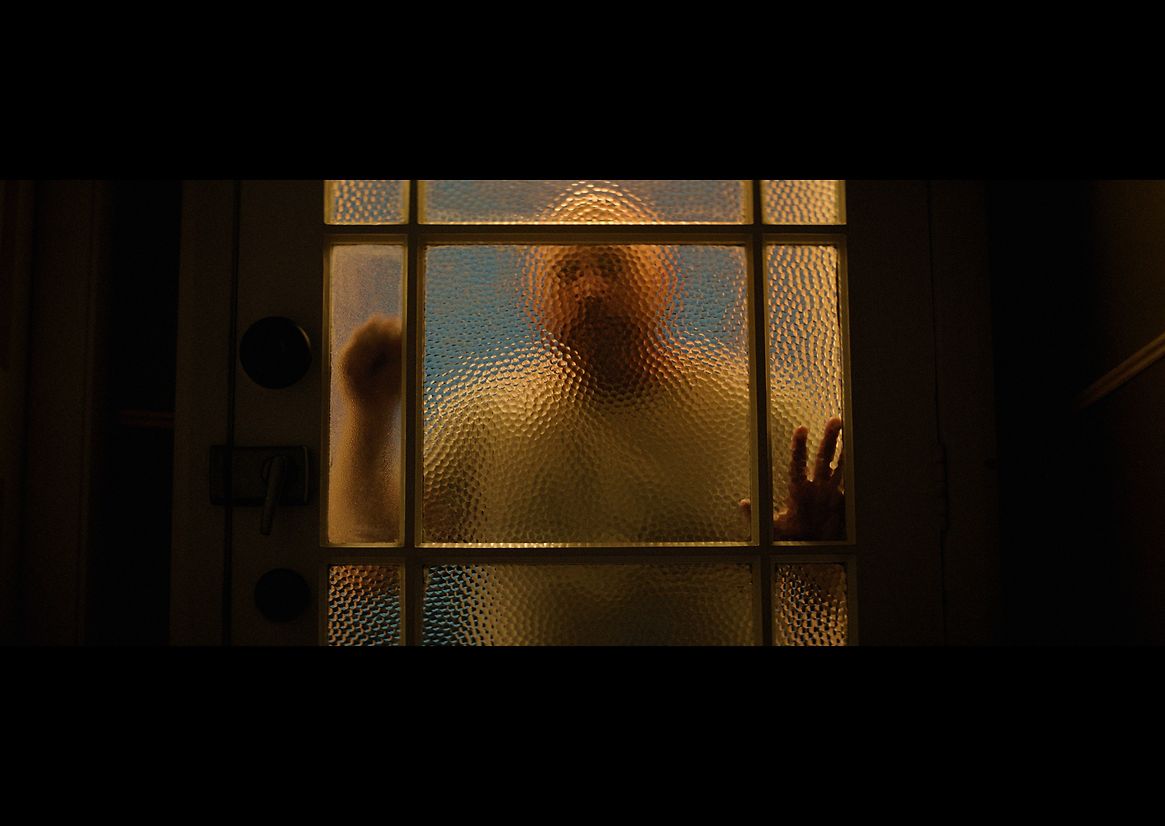
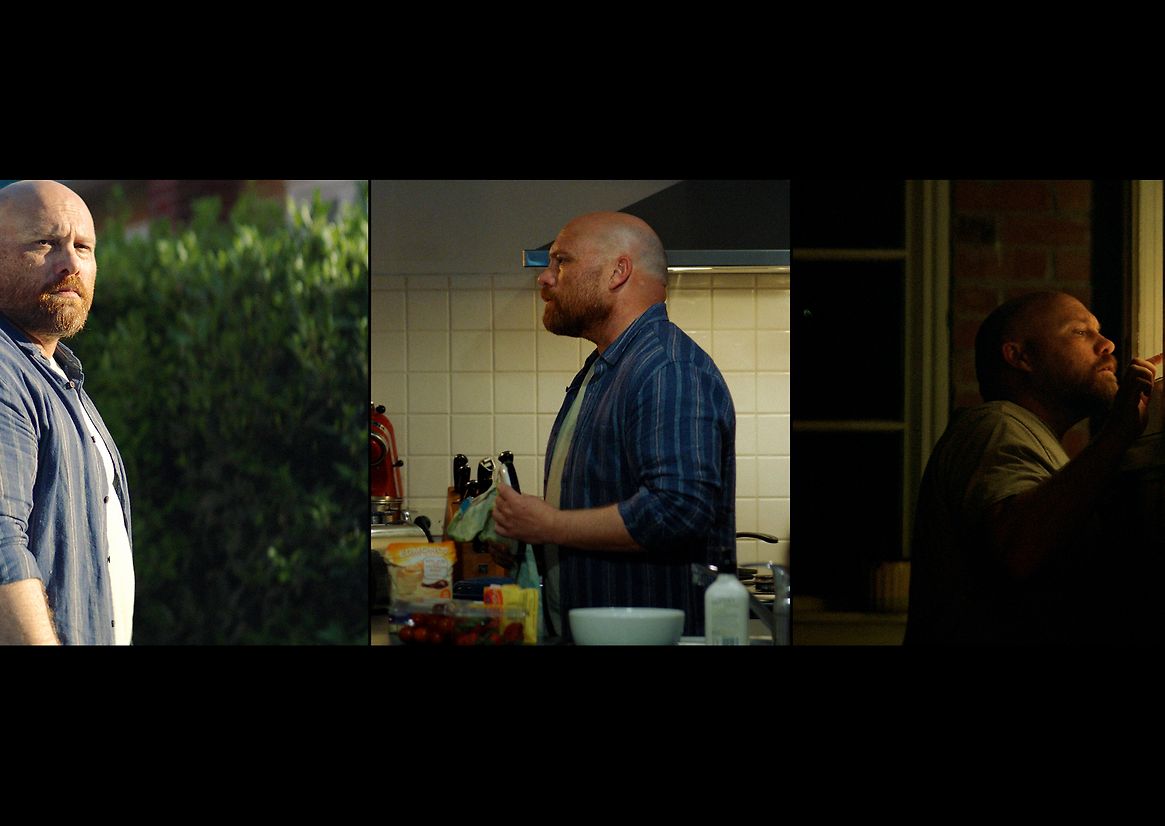
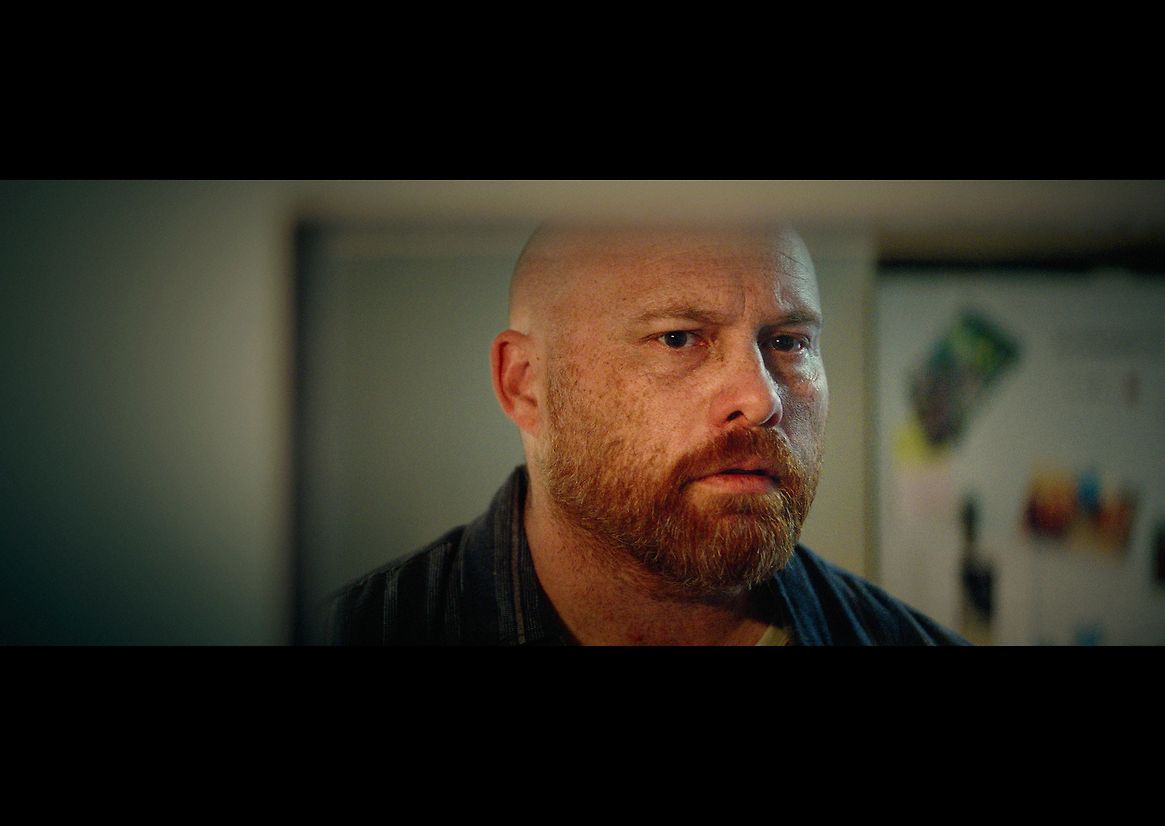
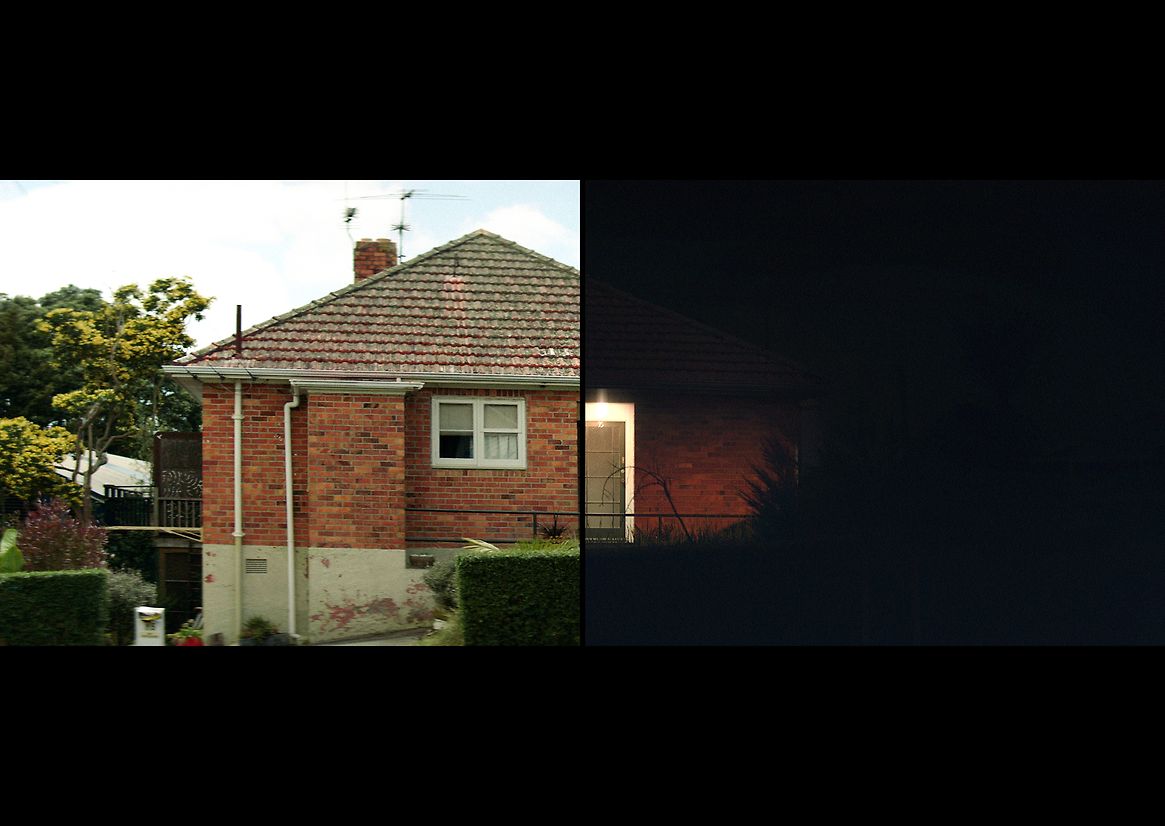
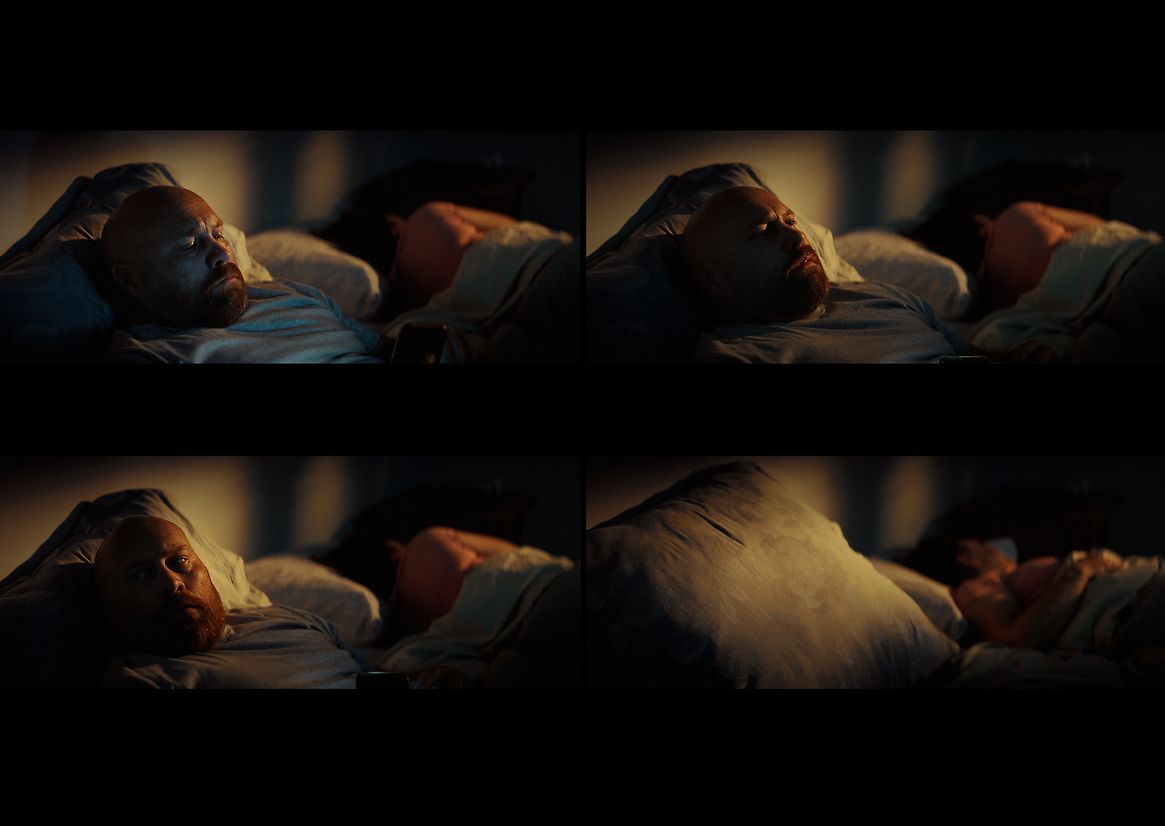
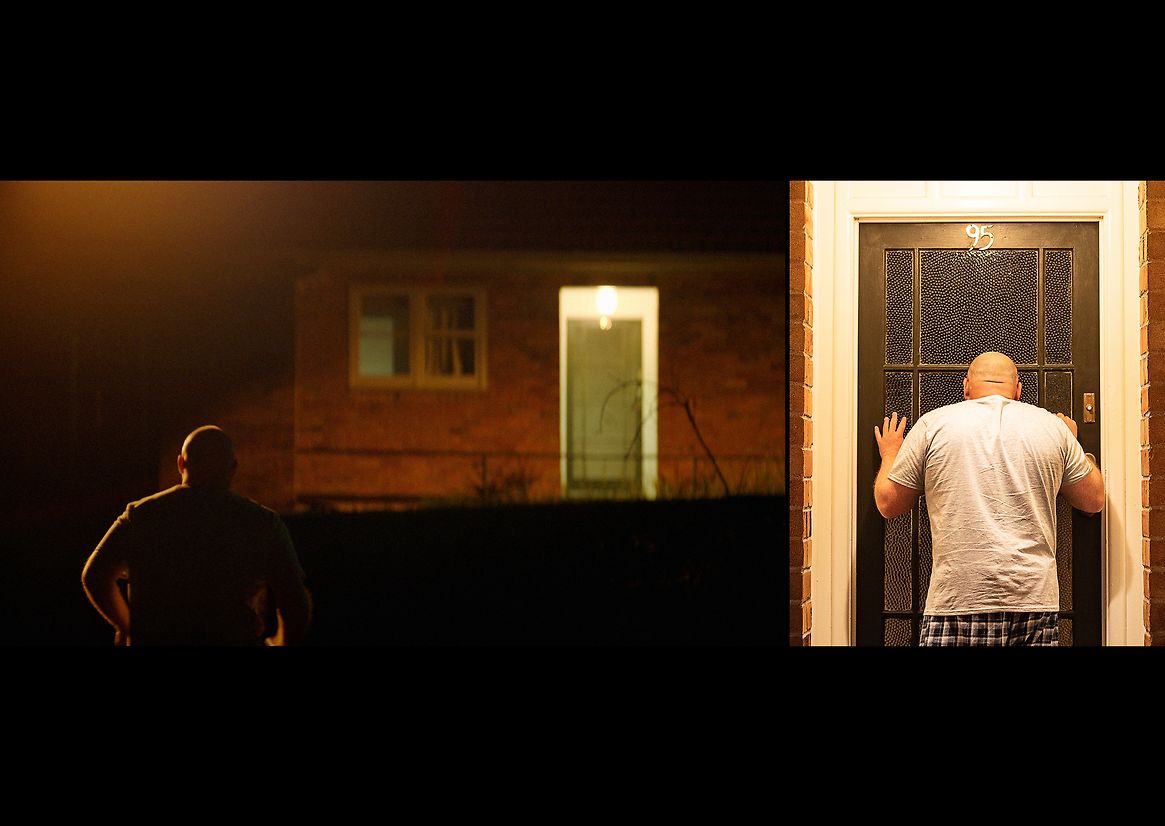
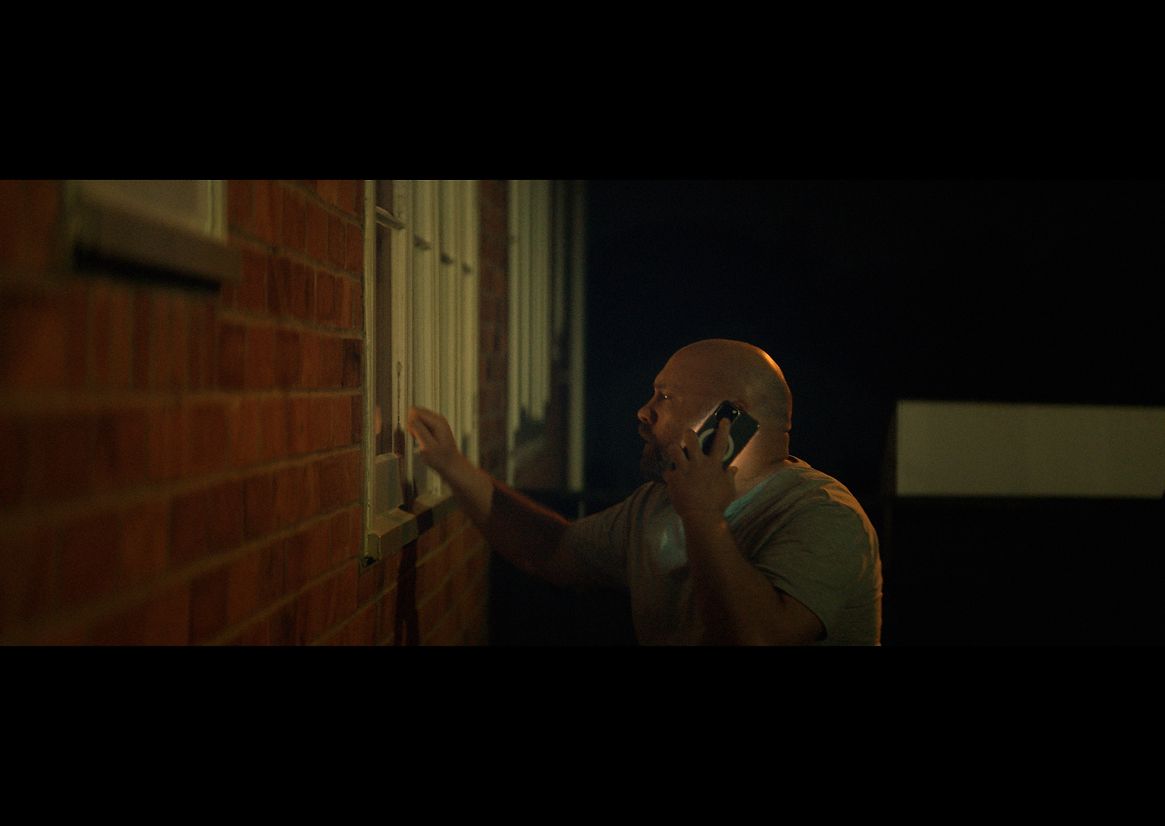
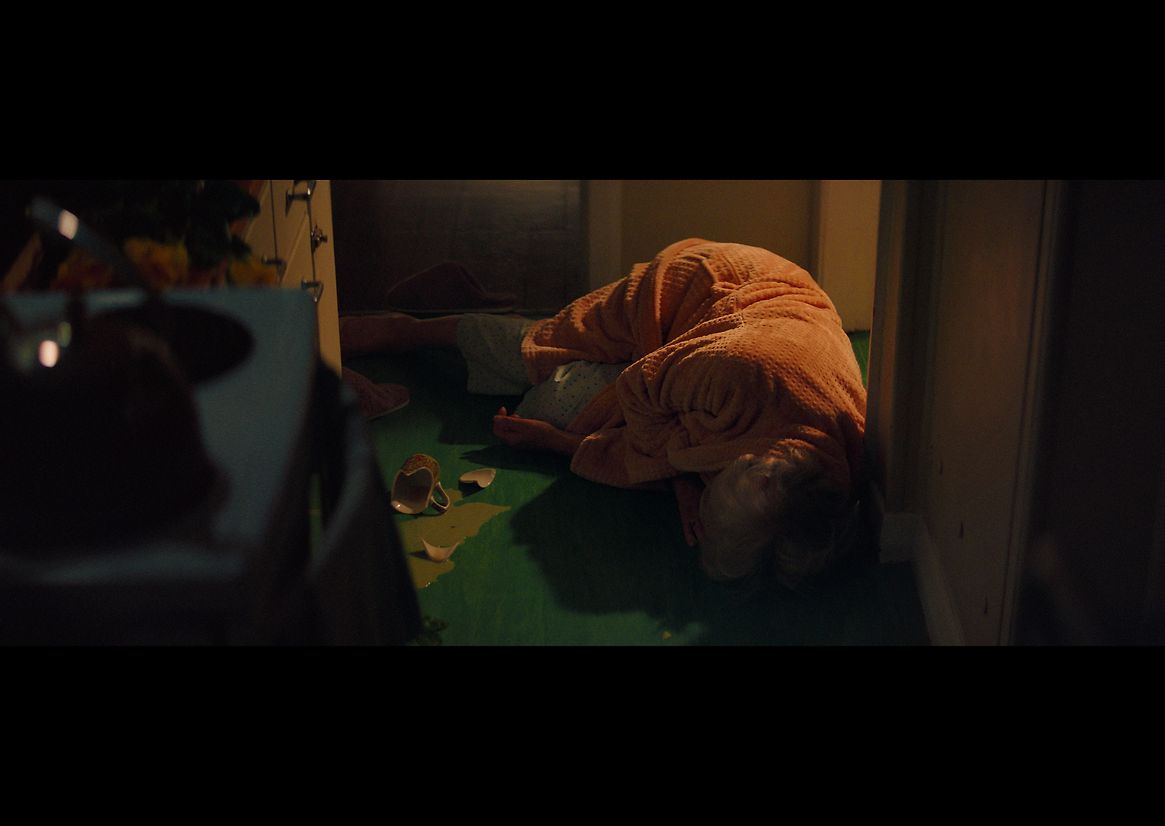
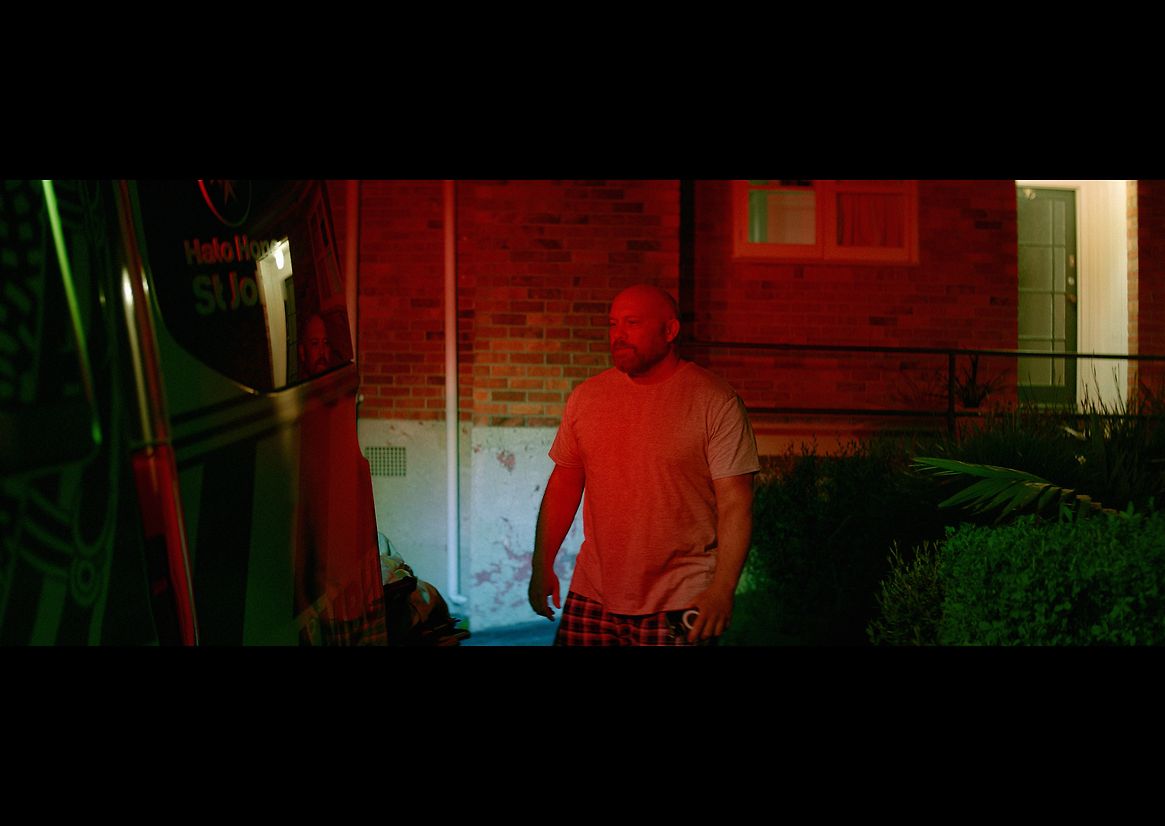
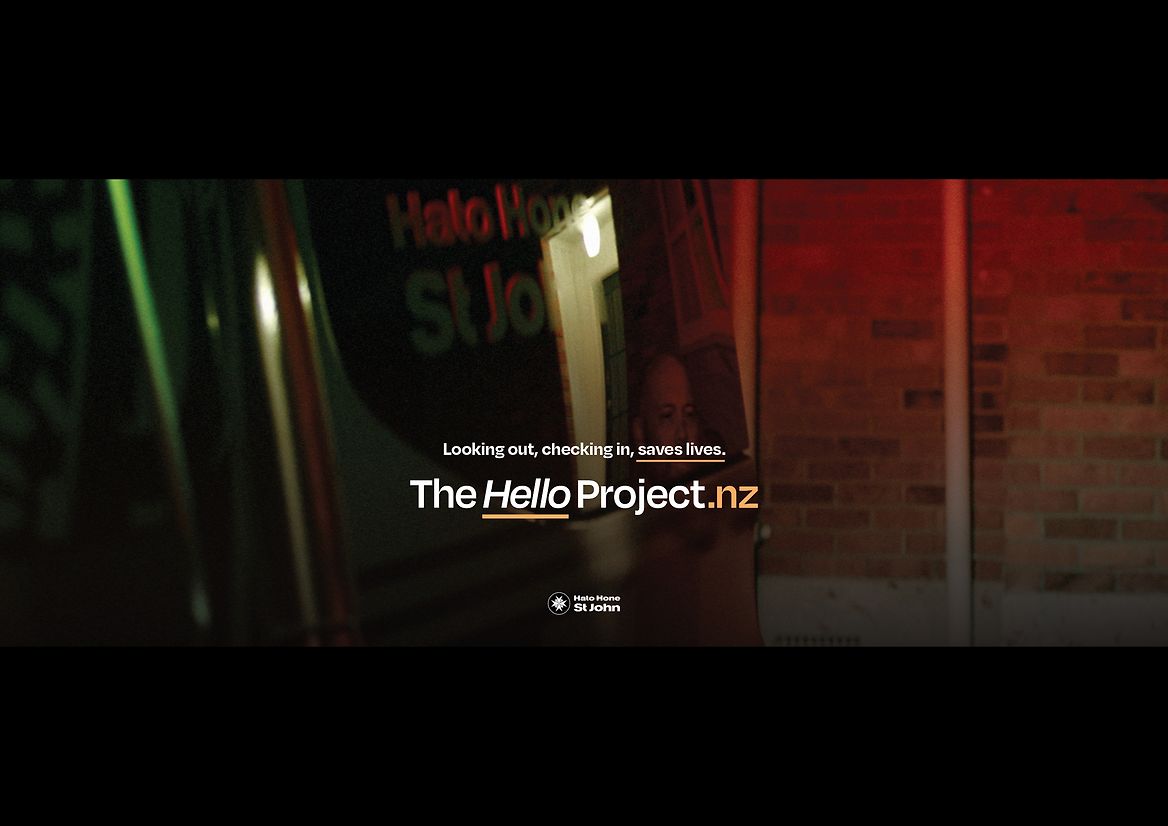
Description:
There are over 180,000 elderly living alone in Aotearoa.
The difference between neighbours checking in on them or not, can be life or death. Especially when you notice the signs. But all too often people stand by and do nothing, even though they know they should.
The key underpinning idea for the campaign story was after one of our own found their elderly mother lying on the floor unable to move. She was there for over 20 hours. This tragedy could have been avoided had a neighbour acted on the signs — checking in on her sooner.
To bring about change we needed Kiwi’s to break what’s called the bystander effect and start checking in on those close by. It was time to unite the nation to check in on their elderly neighbours and loved ones and not leave it to chance.
We shot long format and shorter format films showing the everyday life of a Kiwi family from their perspective of the neighbour, Joan. The more the day goes on, the more he notices that the light is continuously on outside her door without seeing her. As it gets to evening the film shows the neighbour continually glancing back at Joan’s until, when in bed, his conscience gets the best of him and he breaks through the potential bystander effect to go and check on her. The time is intensified by a ticking sound track – like a clock.
The film progresses with more intense emotion, sound, and the shots tighten as the film plays out to experience the tension he feels. Closer shots of the neighbours face during his regular day gradually reveal that he's processing something isn't right.
The editing is intentionally drawn out to help the viewer come to the same conclusion — something needs to be done and it’s up to me. The film was shot with a recogniseable suburban home setting to connect and be as relatable to as many people as possible, anywhere in Aotearoa.
Impact.
• NZ Police saw a huge increase in community welfare call-outs
• The timing made the idea of “checking for the signs’’ a topic for discussion for families over Christmas — confronting the bystander effect head on
• Four of NZ’s emergency services came on board, including NZ Police, Fire & Emergency and Hato Hone St John
• Version 2 is now in the works due to the campaign’s success.